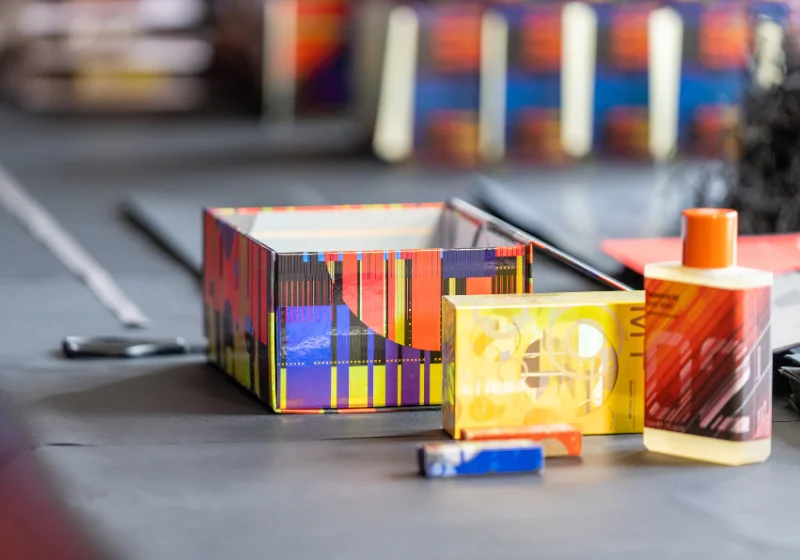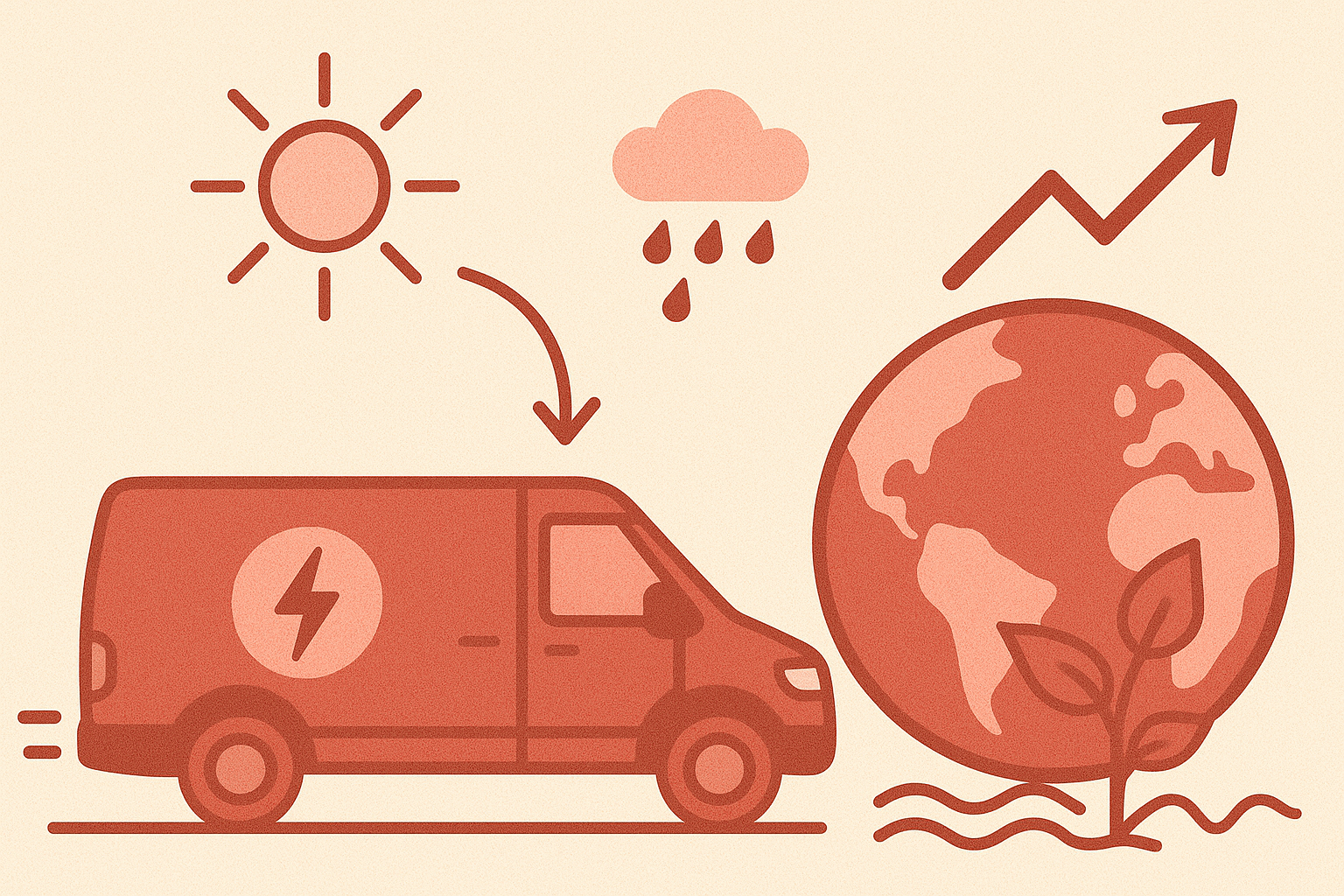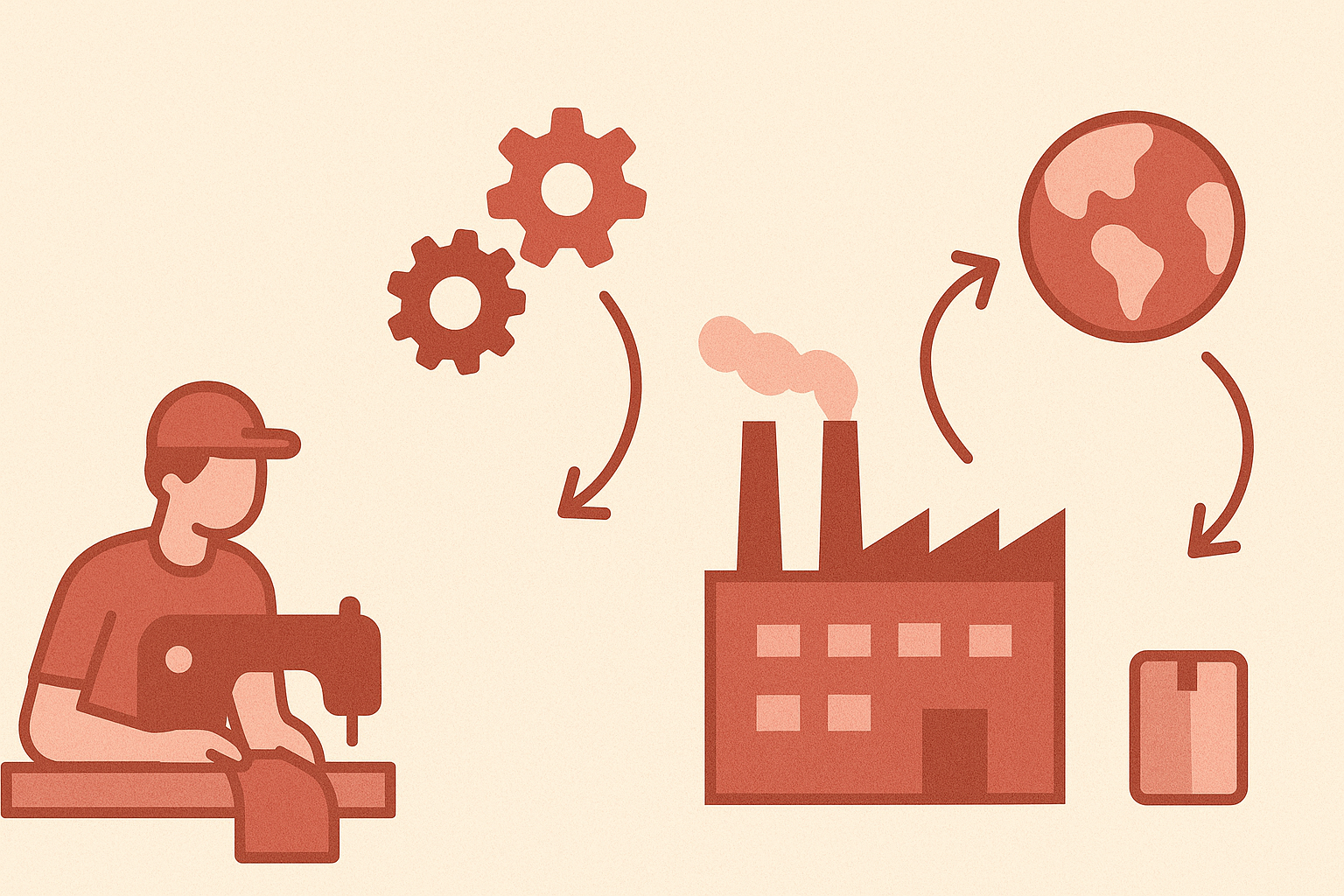In this round up article, we feature a number of recent noteworthy updates and news items from the e-commerce industry.
EC Group’s experience within the E-Commerce sector is wide-ranging – if you’re keen to learn more, visit here.
E-commerce Industry Growth Forecast Post-Pandemic
It is widespread knowledge that the COVID-19 pandemic positively affected the e-commerce industry, whereby people were forced to stay at home and conduct their shopping online. Globally, the sector grew from £1.9 trillion pre-pandemic in 2017 up to £4.2 trillion, with growth forecasted to continue up to £6.5 trillion by 2026.
E-commerce has been around since the 1990s, so while it isn’t a product of the pandemic, it clearly had a significant impact on the industry. This growth in online sales meant that 3PL companies, like EC Group, needed to adapt quickly to overcome the ever-changing climate.

Effects of ChatGPT on E-commerce
Chatbots and AI tools have been around for a while but have recently made their way into the mainstream with the introduction of ChatGPT 3 (now 4). ChatGPT allows you to ask almost any question and get an, almost surprisingly, immediate and respectfully accurate answer.
So, how does accessible AI affect the e-commerce industry?
Previously arduous and time-consuming tasks can be completed with a question or command to ChatGPT. Ask ChatGPT to write a product description and receive a result that needs little editing within minutes. This process can apply to almost any large bulk of text for your site, reducing the time spent significantly.
Questions can also be raised as to ChatGPT’s capability to take over, or at least assist with, customer service responsibilities. While daily tasks such as HR and emails to customers or staff can be undertaken exclusively by AI.
Online Shopping Using AR and VR
Augmented reality (AR) and virtual reality (VR) are sometimes used interchangeably, but it is important to note the subtle difference – VR is in a fictional reality and uses a headset (such as the Oculus range), whereas AR is in the real world using your phone or tablet.
VR and AR have made it possible to try out certain products online before you buy them, removing the hassle of returning products that didn’t turn out quite as expected. VR creates a virtual world where you view a relatively accurate image of what certain products would be like in the real world. This has worked well in the clothing industry, and Shopify has even released its own VR app called ‘Thread Studio’ for clothing designs and displays.
AR, on the other hand, assists in the same way but works better for other products, such as DFS’s AR tool that allows you to see if a sofa will fit in a space before you buy it.

Gamification of websites
Conversion rates have always been an obstacle in e-commerce, so many companies are now taking a page out of gaming companies’ books. E-commerce companies are creating software and systems that push people towards a desired action with the use of games and completion rewards. Jebbit is a company that offers the service of adding certain games to a website for you and has seen much success recently.
If you’re interested with seeing how EC Group can support your E-Commerce brand, visit here.



